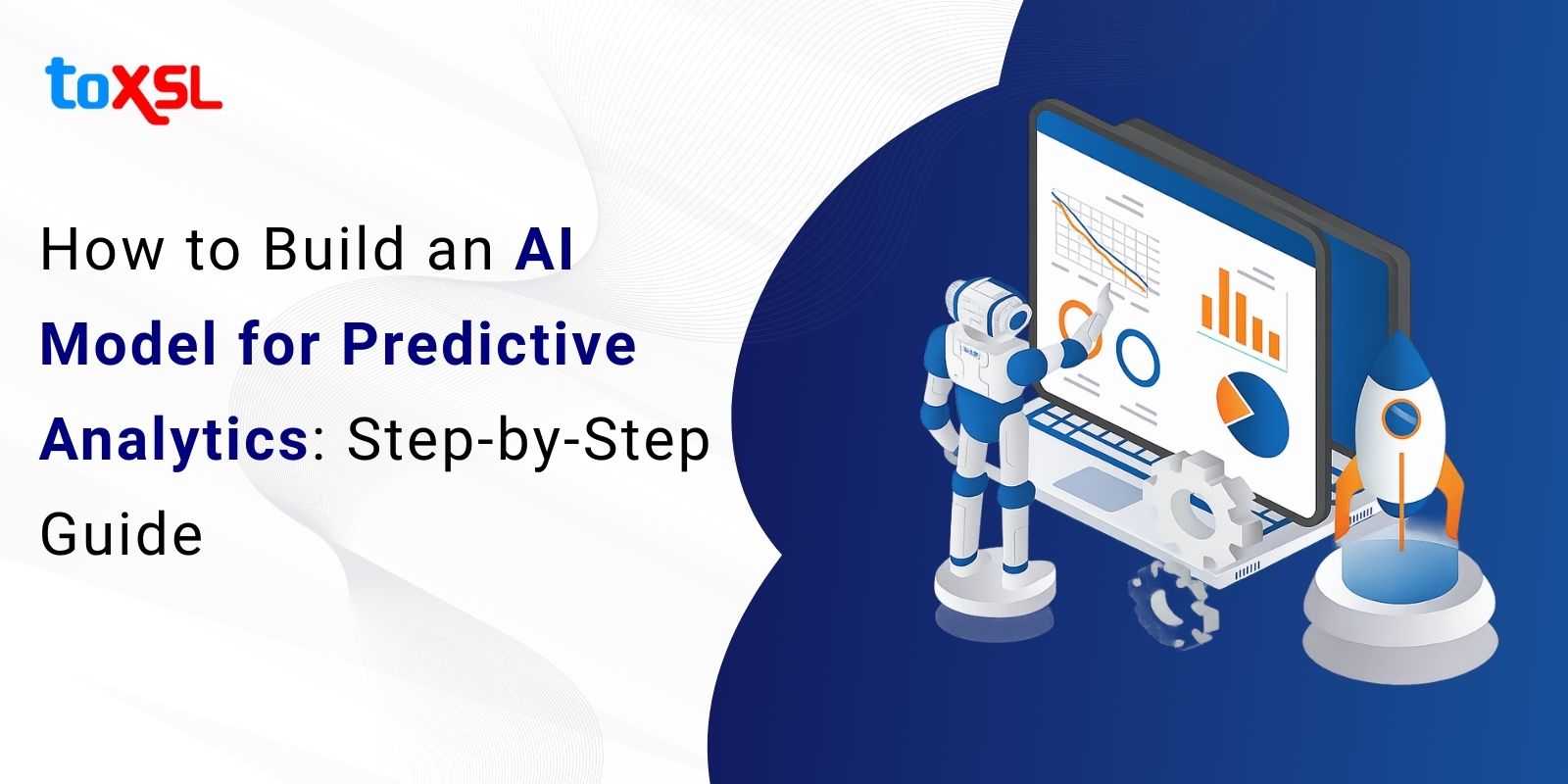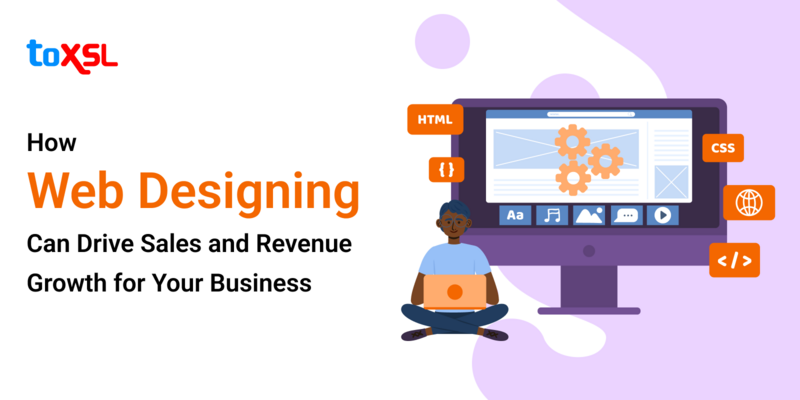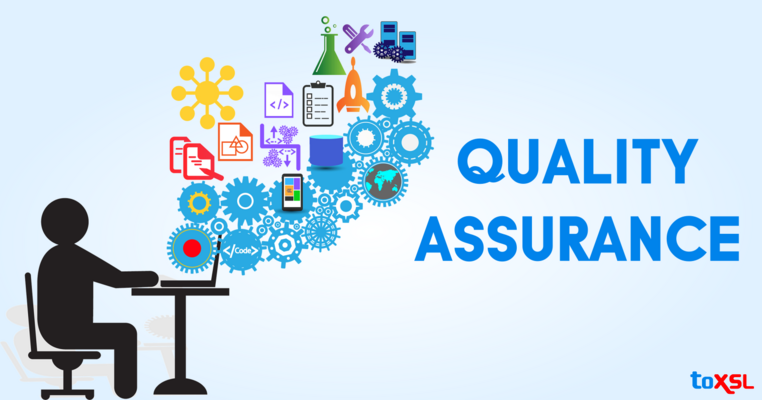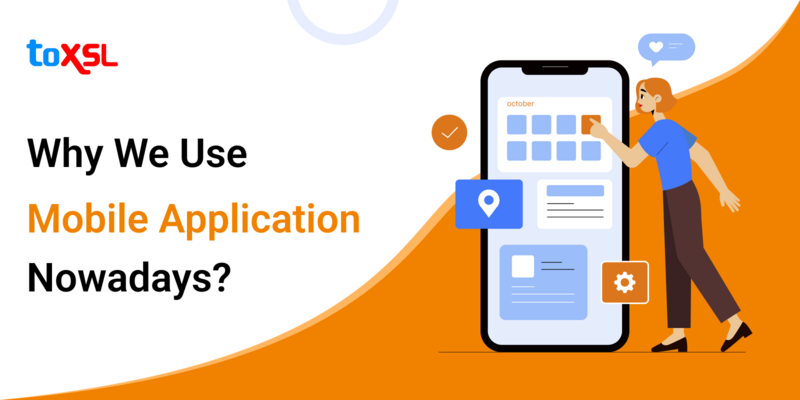
What if your business can anticipate customer needs, predict market shifts, and prevent costly risks? In 2026, predictive analytics powered by AI is making this vision a reality, with the global market projected to reach $22 billion and growing at a rate of 22% annually.
Did you know that companies leveraging predictive analytics are more profitable and can reduce operational costs compared to those relying on traditional methods? With over 43% of organizations already adopting AI-driven predictive tools, the question isn’t whether to use predictive analytics, but how quickly you can harness its power.
Key Takeaways:
- Enables smarter, data-driven decisions by uncovering patterns and forecasting future trends.
- Increases operational efficiency by automating data analysis and optimizing resources.
- Enhances customer experience through personalization and behavior prediction.
- Helps mitigate risks proactively by identifying potential issues early.
- Continuously learns and adapts to new data, ensuring sustained accuracy and competitive advantage.
What if you could forecast sales with 90% accuracy, reduce equipment downtime by half, or spot fraud before it impacts your bottom line? These are not hypotheticals, they are real outcomes achieved by businesses that have embraced AI for predictive analytics. Are you ready to transform your business with predictive intelligence? The journey starts with building your own AI model for predictive analytics, unlocking insights that drive smarter decisions and sustainable growth.
Benefits of Building an AI Model for Predictive Analytics
Building an AI model for predictive analytics offers several compelling benefits that significantly enhance business decision-making and operational efficiency. These advantages enable organizations to stay competitive, proactive, and agile in a rapidly evolving digital landscape.
Improved Decision-Making:
AI-driven predictive models provide actionable insights based on vast amounts of historical and real-time data. This capability helps organizations make more accurate and confident decisions, reducing reliance on intuition or guesswork. By forecasting future trends, businesses can anticipate market shifts, customer behaviors, and potential risks, facilitating better strategic planning.
Increased Operational Efficiency:
AI models automate data analysis processes that traditionally required manual effort, leading to faster insights and streamlined operations. This efficiency translates into cost savings, optimized resource allocation, and the ability to handle large volumes of data effortlessly. For example, AI can optimize supply chain logistics or personalize customer interactions at scale.
Enhanced Risk Management:
Predictive analytics powered by AI can identify potential risks and anomalies before they escalate. This proactive approach enables organizations to implement preventive measures, reducing financial losses, fraud, and operational disruptions. Industries such as finance and healthcare benefit immensely from early risk detection and mitigation.
Better Customer Experiences:
AI models analyze customer data to predict preferences, behaviors, and churn, allowing companies to personalize offerings and improve engagement. Personalized experiences foster customer loyalty, increase satisfaction, and provide a competitive advantage. For instance, targeted marketing campaigns driven by AI insights tend to be more successful.
Data-Driven Innovation:
Leveraging predictive analytics enables organizations to identify new opportunities, optimize product development, and innovate faster. AI facilitates the discovery of hidden patterns and customer needs, giving companies a strategic edge over competitors who rely on traditional data analysis methods.
Continuous Improvement:
AI models have the capability to learn from new data continuously, refining their predictions over time. This iterative learning process ensures sustained relevance and accuracy, supporting scalable business growth. As data volume and complexity grow, AI’s ability to adapt becomes increasingly valuable.
Steps to Build an AI Model for Predictive Analytics
Building an AI model for predictive analytics is a structured process that transforms raw data into actionable insights, empowering organizations to forecast trends, optimize decisions, and drive growth. This step-by-step guide walks you through the essential stages of developing a predictive analytics AI model, from setting objectives to deployment and ongoing improvement.
Step 1: Define Clear Objectives
The foundation of any successful predictive analytics project is a well-defined objective. Start by identifying the specific problem you want to solve or the outcome you aim to predict—such as forecasting sales, detecting fraud, or predicting customer churn. Clearly articulating your goals will guide the entire modeling process and ensure alignment with business needs. Establishing quantifiable success metrics, such as accuracy, precision, or recall, will also help measure your model’s effectiveness once deployed.
Step 2: Data Collection and Preparation
Data is the fuel for predictive models. Gather relevant data from internal systems, external databases, or public sources. The quality, relevance, and comprehensiveness of your data directly impact the accuracy of your predictions. Data preparation is a critical phase and often takes up to 80% of the project time. This includes cleaning the data to remove errors, duplicates, and inconsistencies, handling missing values and outliers, and transforming and normalizing data to ensure consistency.
Step 3: Right Predictive Modeling Technique
Choosing the appropriate algorithm is crucial for building an effective predictive model. Common algorithms include linear regression, logistic regression, decision trees, random forests, gradient boosting, and neural networks. The selection depends on your data type, problem complexity, and desired outcome. Also, feature selection is important. If your dataset contains too many features, consider using techniques like Principal Component Analysis (PCA) or feature importance methods to reduce dimensionality and improve model performance.
Step 4: Model Training
Once your data is prepared and your algorithm is chosen, it’s time to train the model. Split your dataset into training and testing subsets, typically 80% for training and 20% for testing. The training phase involves feeding the prepared data into the model so it can learn patterns and relationships. During this stage, you will set model parameters, tune hyperparameters to optimize performance, and use techniques such as cross-validation to assess model accuracy and prevent overfitting.
Step 5: Model Validation and Refinement
Validation is the process of evaluating your model’s performance using the testing dataset. Common validation techniques include:
- Cross-validation: Dividing the dataset into multiple subsets and averaging results to get a robust estimate of performance
- Bootstrapping: Sampling with replacement to assess variability
- Holdout validation: Using a distinct test set to evaluate generalization
Evaluate your model using metrics such as accuracy, precision, recall, and F1-score. If performance is unsatisfactory, refine your model by adjusting parameters, trying different algorithms, or improving data quality. Continuous iteration is key to building a robust predictive model.
Step 6: Model Deployment
After validation, deploy your model into a production environment. This means integrating it into your organization’s systems so it can start making real-time predictions and providing actionable insights. Deployment can be done using cloud platforms, APIs, or enterprise software, depending on your infrastructure and requirements.
Ensure your deployment is scalable and flexible to handle growing data volumes and evolving business needs. Scalable infrastructure allows your model to process larger datasets and adapt to increased complexity, ensuring long-term viability.
Step 7: Monitor, Maintain, and Improve
A predictive model is not a one-time project. Continuous monitoring is essential to maintain accuracy and relevance. Track key performance metrics and set up alerts for any significant changes in model behavior. Regularly update your model with new data and refine it as business needs evolve. An iterative development process ensures your model stays relevant and adapts to shifting trends, improving over time.
How Much Does it Cost to Buid an AI Model for Predictive Analytics
Building an AI model for predictive analytics involves various costs, including data acquisition, model development, infrastructure, and ongoing maintenance. The total investment depends on the project’s scale, industry requirements, and the chosen technology stack. Below is a detailed table summarizing typical cost ranges for different types of predictive analytics AI projects in 2025.
Project Type | Estimated Cost Range (USD) | Key Cost Components |
|---|---|---|
Basic Predictive Analytics | $10,000 – $50,000 | Data collection, simple model, basic integration |
Mid-Level Implementation | $50,000 – $100,000 | Advanced algorithms, cloud compute, API integration |
Enterprise-Level Solution | $100,000+ | Custom algorithms, on-premise hardware, large-scale deployment |
Cloud-Based AI Services (Monthly) | $5,000+ (subscription) | Platform fees, API usage, cloud storage |
Ongoing Maintenance (Annual) | 20–50% of initial cost | Model updates, monitoring, compliance, support |
Conclusion:
At ToXSL Technologies, we believe that building an AI model for predictive analytics is not just about technology; it is about transforming data into a strategic advantage. By following a structured, step-by-step approach, organizations can harness the power of AI to forecast trends, optimize operations, and make informed decisions. From defining clear objectives to continuous monitoring and improvement, each stage is critical for delivering reliable and actionable insights. With the right expertise and tools, predictive analytics can unlock new opportunities and drive sustainable growth for businesses across industries. Contact us today.
Frequently Asked Questions
1. What is predictive analytics, and how does AI enhance it?
Predictive analytics uses historical data and statistical techniques to forecast future outcomes. AI improves this by automating pattern recognition and handling large datasets for more accurate predictions.
2. What are the common steps to build a predictive analytics AI model?
Key steps include defining objectives, collecting and preparing data, choosing algorithms, training and validating the model, and deploying it for real-time predictions.
3. Which algorithms are commonly used for predictive analytics?
Popular algorithms include linear and logistic regression, decision trees, random forests, gradient boosting, and neural networks, chosen based on the problem type and data characteristics.
4. How do you handle missing or inconsistent data in predictive modeling?
Techniques such as mean or median imputation, predictive model-based imputation, and careful feature engineering are used to address missing or inconsistent data to improve model quality.
5. What challenges might arise in deploying predictive analytics models?
Challenges include ensuring data quality, selecting the right model, balancing model complexity (overfitting vs. underfitting), model interpretability, and addressing ethical concerns like bias and fairness in predictions.















